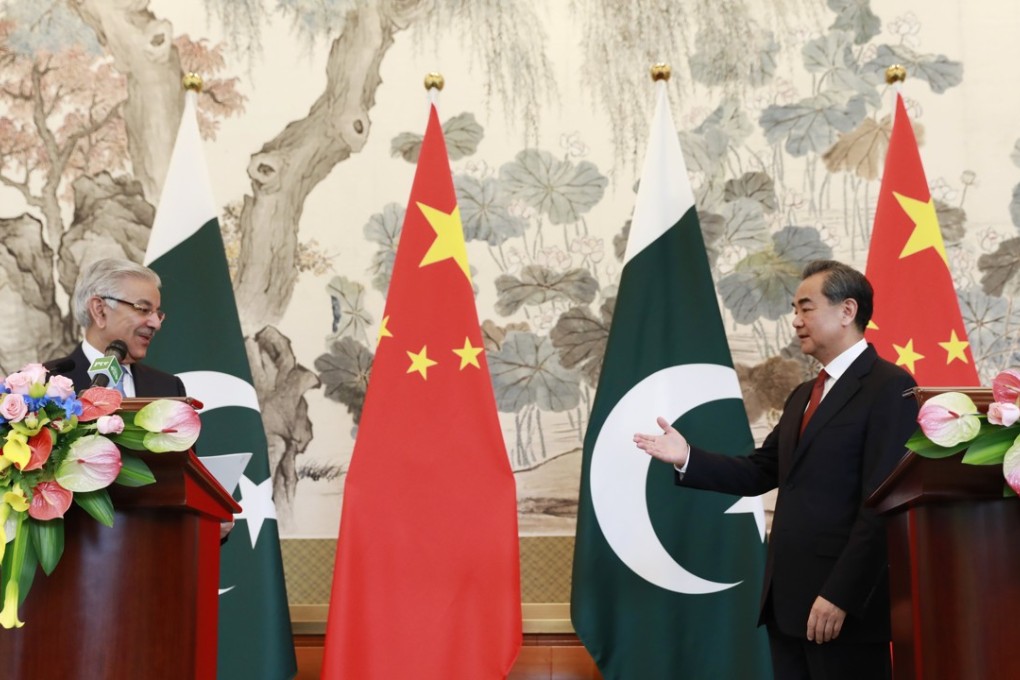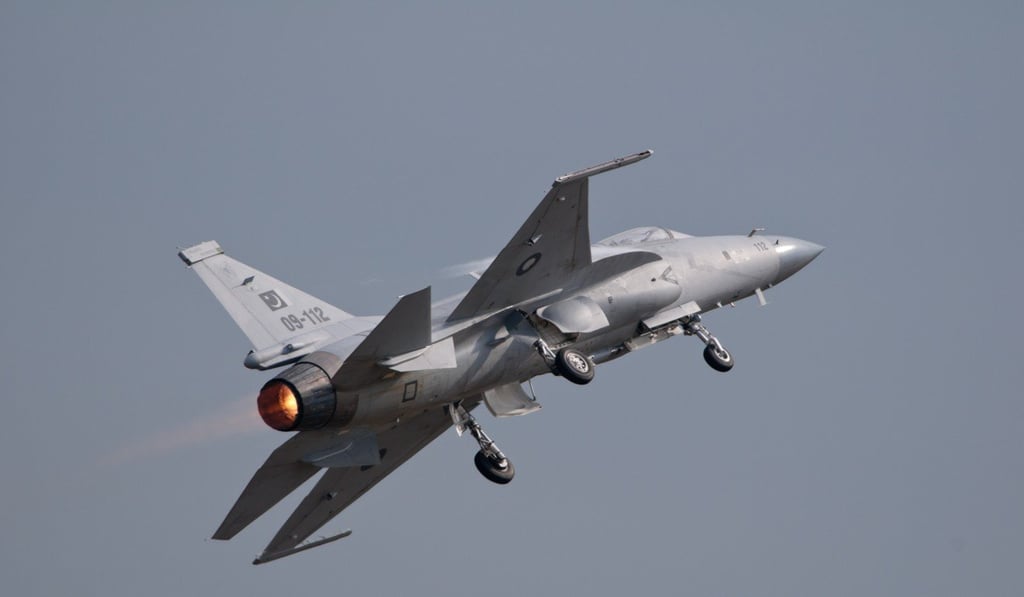Advertisement
US-Pakistan tensions offer China an opening, but could also present geopolitical liabilities
Derek Grossman and Keren Zhu say China can use the recent strain in the US-Pakistan relationship to promote a new model of international development, but must be wary of becoming the sole external power responsible for maintaining stability in the region
Reading Time:3 minutes
Why you can trust SCMP
0

The latest bout of strain in US-Pakistan ties has resulted in the Donald Trump administration deciding to suspend US$1.3 billion in security assistance to Islamabad, with additional punitive steps reportedly under consideration. What are the implications for China and its decades-long “all-weather” partnership with Pakistan? We submit that the recent downgrade in US-Pakistan relations will present both opportunities and challenges for Beijing.
What do you do if you cross Pakistan’s Game of Thrones and China’s Belt and Road?
Over the long term, further estrangement in US-Pakistan ties presents Beijing with an opportunity to promote a new model of international development to replace the dominant US model. As part of China’s geo-economically ambitious “Belt and Road Initiative”, Beijing preaches “wide consultation, joint development, and mutual benefits” in regional cooperation. This has won support from Pakistan, as demonstrated by Beijing’s success in the implementation of the China-Pakistan Economic Corridor – the flagship programme of the Belt and Road Initiative.
The progress of the corridor has already begun yielding substantial dividends in long-term planning, power generation, transport enhancement, port and industrial park development, and people-to-people exchanges. On January 29, the two sides took the first major step towards completing the corridor by inaugurating the Gwadar economic free zone, meaning that the infrastructure in that port area can now support some of the demands of regional trade. China’s new approach coincides with an advantageous period in which US influence seems to be eroding in the region. Indeed, Afghanistan may in the future become involved in the corridor as well. In December, Beijing hosted the first trilateral summit between China, Pakistan and Afghanistan to promote talks between Pakistan and Afghanistan.
Beijing has benefited from the US having to bear the brunt of the financial and other burdens of dealing with terrorist threats emanating from the region
Suspension of US military aid also gives China the opportunity to focus on assisting the Pakistani military in counterterrorism operations, if it chooses. Beijing has traditionally sought to bolster Islamabad’s capacity to serve as a hedge against India’s rise. China has offered long-time support to Pakistan’s missile and nuclear programme, jointly produced the JF-17 fighter, and facilitated the sale of Chinese-built submarines to Pakistan, among many other areas of cooperation.
Beijing, however, also worries that Islamic extremist groups operating in parts of Pakistan and Afghanistan could pose a threat to China’s neighbouring Xinjiang province, with potentially destabilising effects. Thus, China may look to capitalise on reduced US security cooperation with the Pakistani military by more freely seeking to shape Pakistan’s counterterrorism agenda in ways tailored to Beijing’s interests.
On the other hand, Beijing certainly does not want to be left holding the bag on Pakistan, an infamously unstable country that has endured three coups and numerous periods of unrest throughout its tumultuous history.
In recent years, Beijing has benefited from the US having to bear the brunt of the financial and other burdens of dealing with terrorist threats emanating from the region. If instability in Pakistan worsens, Beijing probably would not want to have to be the only external power working to stabilise the situation.

Moreover, the Trump administration appears to have prioritised bolstering relations with India over Pakistan. By maintaining close ties to Pakistan, Beijing will continue to position itself at odds with growing US-India relations. With many other strategic priorities at stake, including in the South and East China Seas, vis-à-vis Taiwan, and on the Korean peninsula, Beijing might seek to avoid reinforcing US and Indian incentives to strengthen their relationship on its western flank. Indeed, viewed from this perspective, Pakistan may increasingly seem like a geopolitical liability.
US may boost projects in Indo-Pacific to counter Beijing’s belt and road plan
Advertisement